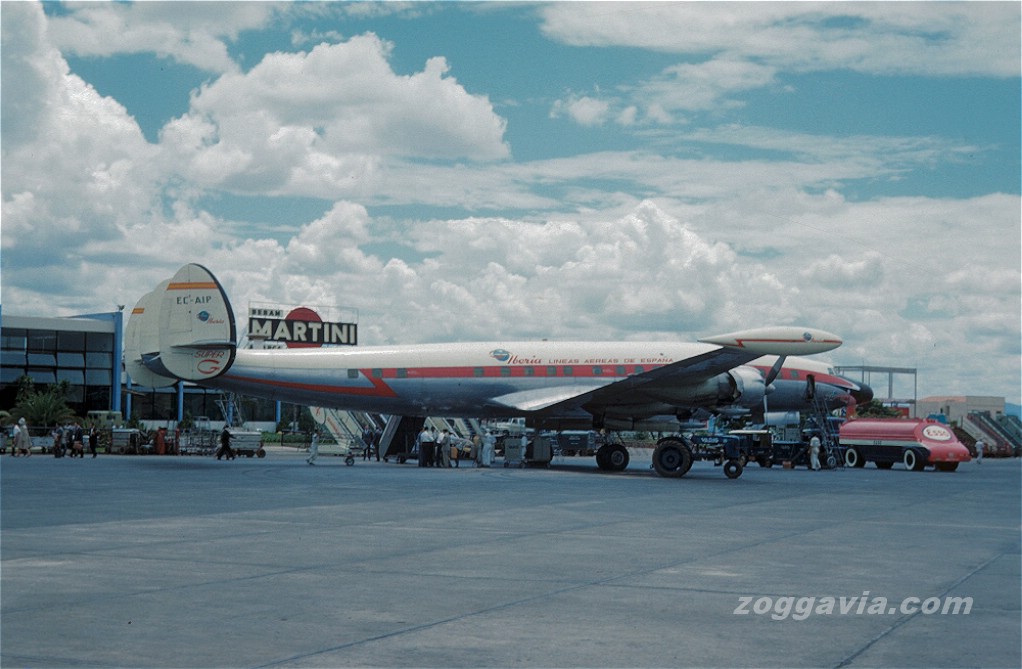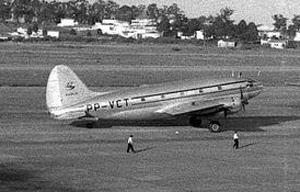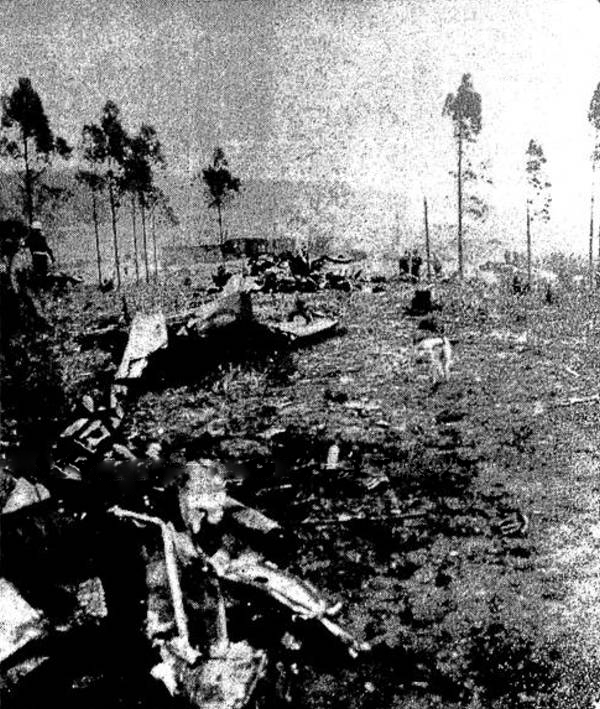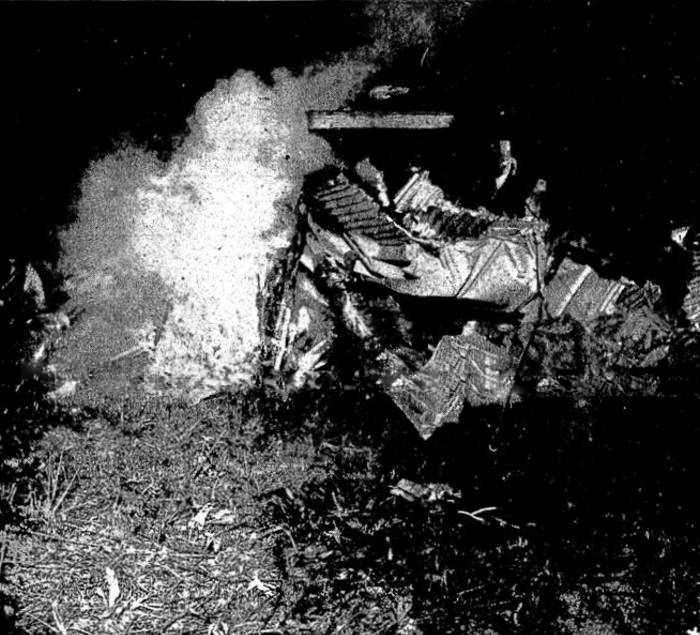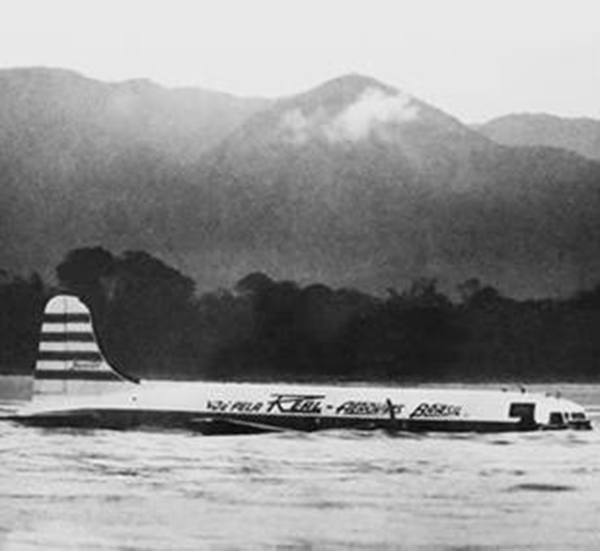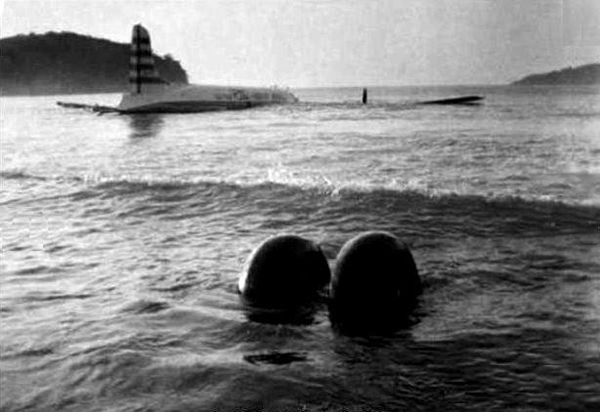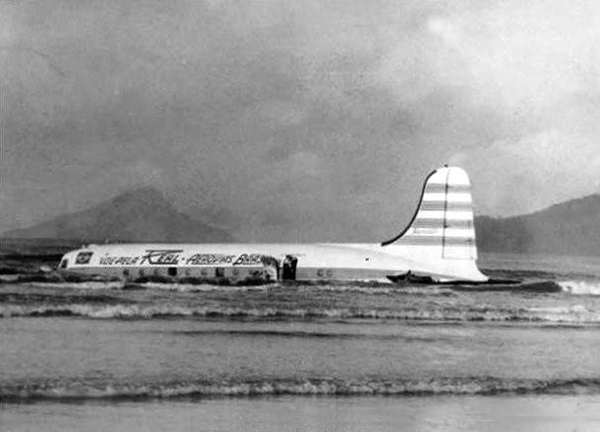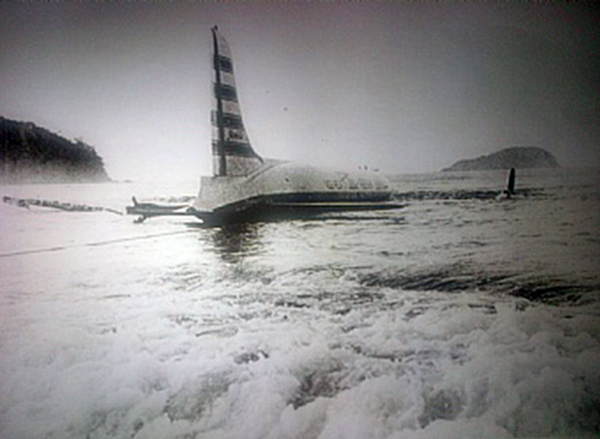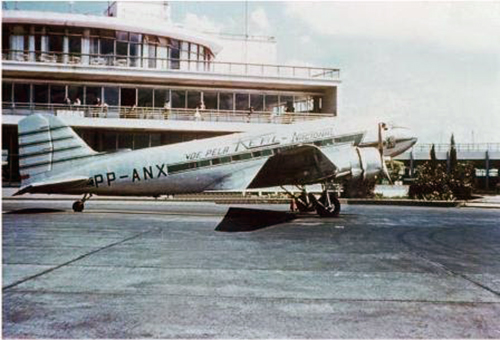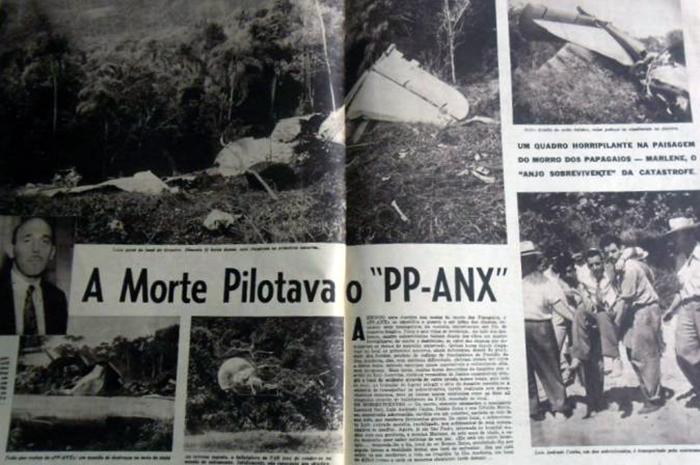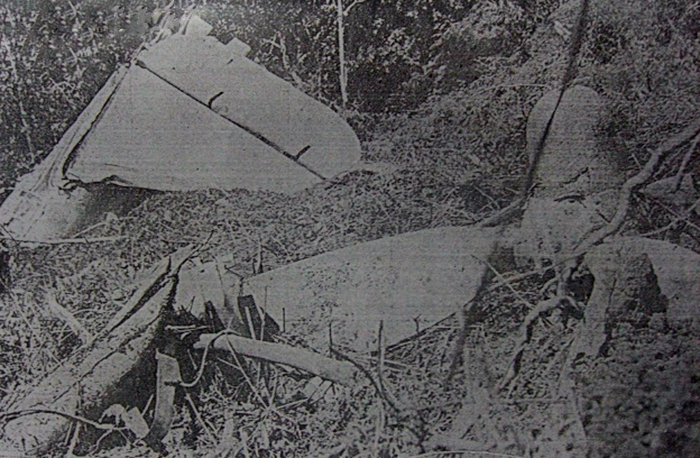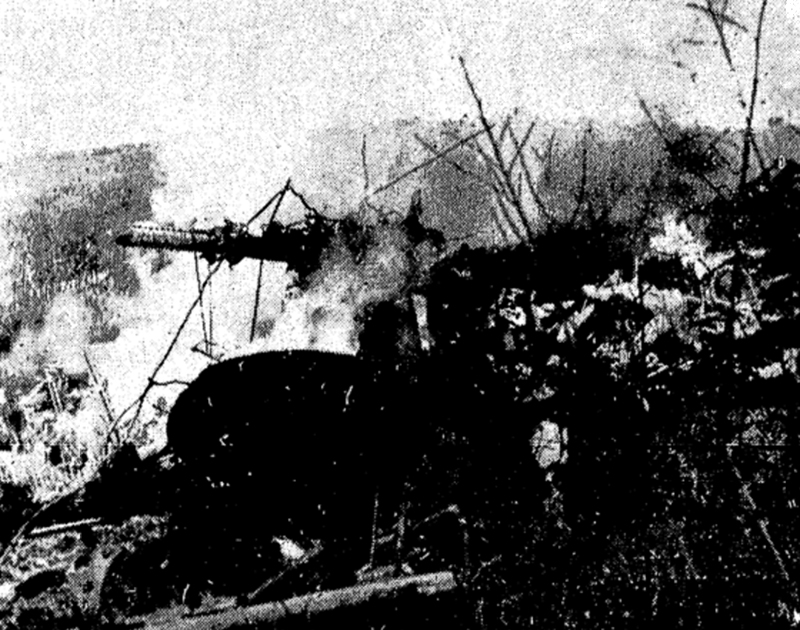Crash of a Lockheed L-1049G Super Constellation in São Paulo
Date & Time:
Mar 6, 1961 at 1337 LT
Registration:
EC-AIP
Survivors:
Yes
Schedule:
Madrid – Tenerife – Sal – Natal – São Paulo – Montevideo – Buenos Aires – Santiago
MSN:
4552
YOM:
1954
Flight number:
IB991
Crew on board:
10
Crew fatalities:
Pax on board:
36
Pax fatalities:
Other fatalities:
Total fatalities:
0
Circumstances:
On final approach to São Paulo-Congonhas Airport, the four engine aircraft stalled and crashed short of runway 16 threshold. All 46 occupants were evacuated while the aircraft was destroyed.
Probable cause:
It was determined the approach was completed in heavy winds and turbulences and that the aircraft was caught by downdrafts during the last segment. However, it is reported the crew failed to adapt the approach speed to the wind conditions, causing the aircraft to lose height.
